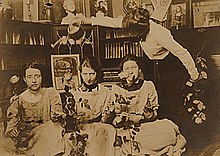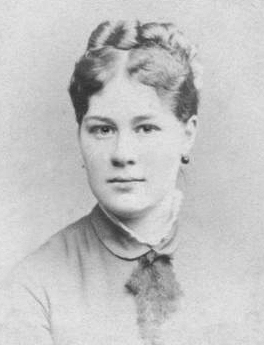
Eliza Cecilia Beaux was an American artist and the first woman to teach art at the Pennsylvania Academy of the Fine Arts. Known for her elegant and sensitive portraits of friends, relatives, and Gilded Age patrons, Beaux painted many famous subjects including First Lady Edith Roosevelt, Admiral Sir David Beatty and Georges Clemenceau.

Howard Pyle was an American illustrator, painter, and author, primarily of books for young people. He was a native of Wilmington, Delaware, and he spent the last year of his life in Florence, Italy.
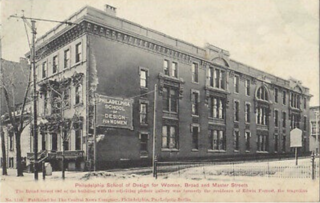
Philadelphia School of Design for Women (1848–1932) was an art school for women in Philadelphia, Pennsylvania. Housed in the former Edwin Forrest House at 1346 North Broad Street, under the directorship of Emily Sartain (1886–1920), it became the largest art school for women in the United States. Its faculty included Robert Henri, Samuel Murray and Daniel Garber. In 1932, it merged into what is now the Moore College of Art and Design.

Jessie Willcox Smith was an American illustrator during the Golden Age of American illustration. She was considered "one of the greatest pure illustrators". A contributor to books and magazines during the late 19th and early 20th centuries, Smith illustrated stories and articles for clients such as Century, Collier's, Leslie's Weekly, Harper's, McClure's, Scribners, and the Ladies' Home Journal. She had an ongoing relationship with Good Housekeeping, which included a long-running Mother Goose series of illustrations and also the creation of all of the Good Housekeeping covers from December 1917 to 1933. Among the more than 60 books that Smith illustrated were Louisa May Alcott's Little Women and An Old-Fashioned Girl, Henry Wadsworth Longfellow's Evangeline, and Robert Louis Stevenson's A Child's Garden of Verses.

Woodmere Art Museum, located in the Chestnut Hill section of Philadelphia, Pennsylvania, has a collection of paintings, prints, sculpture and photographs focusing on artists from the Delaware Valley and includes works by Thomas Pollock Anshutz, Severo Antonelli, Jasper Francis Cropsey, Joan Wadleigh Curran, Daniel Garber, Edward Moran, Violet Oakley, Herbert Pullinger, Edward Willis Redfield, Nelson Shanks, Jessie Willcox Smith, Benjamin West, Philip Jamison, Barbara Bullock and N. C. Wyeth.
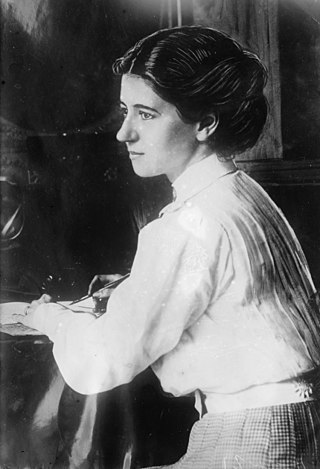
Violet Oakley was an American artist. She was the first American woman to receive a public mural commission. During the first quarter of the twentieth century, she was renowned as a pathbreaker in mural decoration, a field that had been exclusively practiced by men. Oakley excelled at murals and stained glass designs that addressed themes from history and literature in Renaissance-revival styles.

Elizabeth Shippen Green was an American illustrator. She illustrated children's books and worked for publications such as The Ladies' Home Journal, The Saturday Evening Post and Harper's Magazine.

The Brandywine School was a style of illustration—as well as an artists colony in Wilmington, Delaware and in Chadds Ford, Pennsylvania, near the Brandywine River—both founded by artist Howard Pyle (1853–1911) at the end of the 19th century. The works produced there were widely published in adventure novels, magazines, and romances in the early 20th century. Pyle’s teachings would influence such notable illustrators as N.C. Wyeth, Maxfield Parrish, Harvey Dunn, and Norman Rockwell. Pyle himself would come to be known as the "Father of American Illustration." Many works related to the Brandywine School may be seen at the Brandywine River Museum of Art, in Chadds Ford.
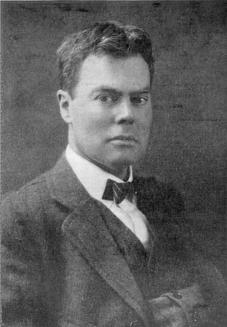
Thornton Oakley was an American artist and illustrator.

Elenore Plaisted Abbott (1875–1935) was an American book illustrator, scenic designer, and painter. She illustrated early 20th-century editions of Grimm's Fairy Tales,Robinson Crusoe, and Kidnapped. Several books were published as illustrated by Elenore Plaisted Abbott and Helen Alden Knipe.

Moore College of Art & Design is a private art school in Philadelphia, Pennsylvania. It was founded in 1848 by Sarah Worthington Peter as the Philadelphia School of Design for Women, and was renamed the Moore College of Art & Design in 1932. Its undergraduate programs are available only for female students, but its other educational programs, including graduate programs, are co-educational.
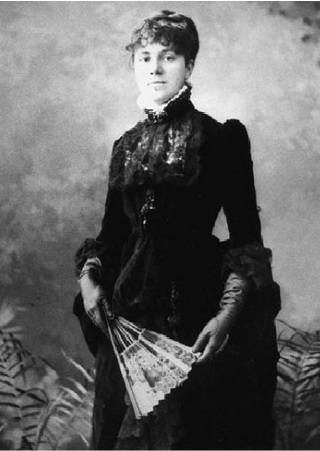
Emily Sartain was an American painter and engraver. She was the first woman in Europe and the United States to practice the art of mezzotint engraving, and the only woman to win a gold medal at the 1876 World Fair in Philadelphia. Sartain became a nationally recognized art educator and was the director of the Philadelphia School of Design for Women from 1866 to 1920. Her father, John Sartain, and three of her brothers, William, Henry and Samuel were artists. Before she entered the Pennsylvania Academy of the Fine Arts and studied abroad, her father took her on a Grand Tour of Europe. She helped found the New Century Club for working and professional women, and the professional women's art clubs, The Plastic Club and The Three Arts Club.
Charlotte Harding (1873–1951) was an American illustrator. She signed her work with her maiden name, but her name in her personal life was Charlotte Harding Brown after she married James A. Brown in 1905. She illustrated magazines, such as The Saturday Evening Post and Harper's Bazaar, and books such as Robin Hood.
Elizabeth Fearne Bonsall was an American painter and illustrator. She illustrated The Book of Cats (1903), The Book of Dogs, The Pied Piper of Hamelin (1927), and other books. She created illustrations for Henry Christopher McCook's American Spiders and their Spinningwork. McCook credits her for making most of the illustrations for the volume. Bonsall also created illustrations for magazines. She won several awards for her works between 1885 and 1897.
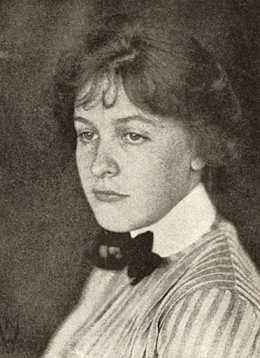
Sarah Stilwell Weber was an American illustrator who studied at Drexel Institute under Howard Pyle. She illustrated books and national magazines, like The Saturday Evening Post, Vogue, and The Century Magazine.

The Red Rose Girls were a group of female artists from Philadelphia, Pennsylvania, active in the early 1900s. The work of the three working artists in the group, Violet Oakley, Jessie Willcox Smith, and Elizabeth Shippen Green, was supported by Henrietta Cozens, who took on the responsibility of managing their communal household. They rented the Red Rose Inn in Villanova, Pennsylvania, in Mainline Philadelphia from 1901 to 1906, before moving to Cogslea in Mount Airy, Philadelphia from 1906 to 1911.
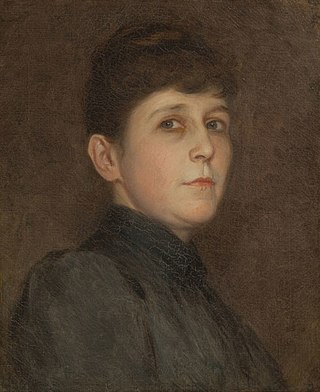
Ida Waugh was an American illustrator of children's literature who often collaborated with her lifelong companion, Amy Ella Blanchard.

Clifford Prevost Grayson was an American painter and teacher.
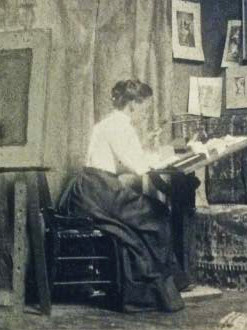
Ellen Wetherald Ahrens was an American artist. Best known for her book illustrations, she was also a miniature painter and stained glass artist.
Harriet Sartain was an American artist, arts educator and college administrator. She was dean of the Philadelphia School of Design for Women, which became part of the Moore College of Art and Design in 1932.
